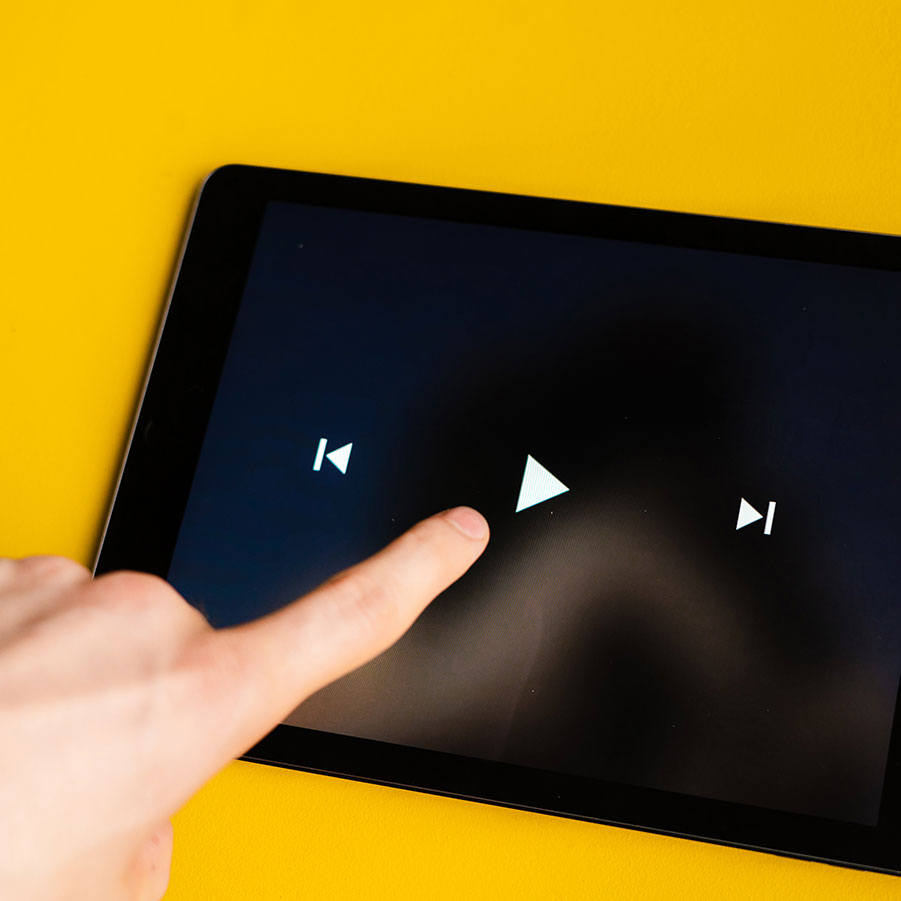Ever since video became the dominant format on social platforms, a strange whisper keeps making rounds in marketing circles: “Platforms are deprioritizing video.” And every time it surfaces, we see teams start to pull back on video content, convinced the golden age is over. But here’s what the actual algorithm guidance reveals — video isn’t dying. It’s evolving. And the winners are the ones who understand what truly drives distribution in 2026.
What Platforms Actually Prioritize Now
Let's cut through the speculation with platform facts. LinkedIn continues to favour video that earns meaningful engagement and dwell time. Meta explicitly ranks Reels and native video above static posts across Facebook and Instagram. YouTube? They're doubling down on Shorts, testing successful content across increasingly broader audiences.
The confusion stems from a fundamental misunderstanding. Platforms aren't deprioritizing video – they're deprioritizing bad video. Random uploads without strategy? Dead on arrival. But text-driven, caption-rich videos that deliver clear value? They're outperforming everything else.
The Metrics That Matter
Forget vanity views. Modern algorithms obsess over quality signals: dwell time, completion rates, saves, and meaningful comments. Instagram now weighs saves higher than shares, which rank above comments, which beat likes. LinkedIn tracks how long someone lingers on your post. YouTube analyzes whether viewers watch 95% of your content or bail after three seconds.
This shift explains why text-led videos excel. When viewers can read along – even with sound off – completion rates soar. When key insights appear as on-screen text, saves multiply. When complex ideas become scannable video snippets, dwell time extends. The algorithm notices. And rewards accordingly.
"We're seeing teams transform existing articles into text-first videos and achieve 3x higher reach than their static posts," notes Jonna Ekman, Marketing Director at Storykit. "The algorithm loves content that holds attention, and text overlays create that perfect mix of quick scanning and deep engagement."
The Frequency Formula Nobody Talks About
Here’s what most “algorithm experts” won’t tell you: consistency beats perfection — and posting more really does drive better results. On LinkedIn, teams that publish 2–5 times per week already see significant gains in reach and engagement. Step it up to 6–10 posts per week, and the lift gets even stronger. Go beyond 11 posts weekly, and both reach and engagement compound. More posts spark more conversations — and the more you post, the further each post travels.
This creates an impossible equation for resource-strapped teams. How do you maintain algorithm-friendly frequency without burning out your creators or your budget? The answer lies in systematic repurposing and automation. That blog post? Turn it into several videos – a key stat highlight, a three-tip summary, a provocative quote card, a myth-buster snippet. One FAQ page becomes a week of social videos. A single newsletter spawns multiple platform-specific cuts.
Why Text-First Video Wins the Algorithm Game
Algorithms now parse on-screen text and captions to classify and distribute content. This isn't speculation – it's documented platform behaviour. Text-overlay videos see higher completion rates in silent autoplay environments. Captioned content drives accessibility and engagement simultaneously.
Consider the typical scroll behavior: viewers decide in under three seconds whether to continue watching. Text-driven videos communicate value instantly – no sound required, no complex visuals needed. A bold headline, a clear benefit, supporting data on screen. The algorithm recognises this engagement pattern and amplifies distribution.
"Our AI transforms any text into compelling video because we recognised a fundamental truth," explains Fredrik Strömberg, Chief Innovation Officer at Storykit. "The most scalable, algorithm-friendly content already exists in your written materials. It just needs the right visual format to thrive on social platforms."
The Automation Advantage
Manual video creation at algorithm-pleasing frequency would require doubling headcount. But modern automation flips the economics. Storykit's text-to-video AI converts articles, FAQs, and documents into platform-optimized videos – maintaining brand consistency through templates while enabling the amount of posts per week that algorithms reward.
The workflow is deliberately simple: paste your text or URL, select your format (1:1, 9:16, 16:9, 4:5), and publish. Automated captions ensure accessibility. Brand kits maintain visual consistency. The API even enables "video creation on autopilot" directly from your CMS.
This isn't about replacing creativity – it's about removing friction from proven workflows. When teams can transform existing content into algorithm-optimised videos in minutes rather than hours, maintaining competitive frequency becomes sustainable rather than exhausting.
Your Next Move
The platforms haven't abandoned video. They've raised the bar for what constitutes valuable video content. Text-driven, caption-rich, frequently published videos that repurpose existing materials aren't just surviving the algorithm changes – they're winning because of them.
So start small. Pick one piece of existing content today. Transform it into a text-led video. Post it with strategic timing. Track the engagement difference. Then systematize the process. Because while others debate whether video is dying, smart teams are quietly dominating feeds with sustainable, scalable video workflows that algorithms can't help but promote.







